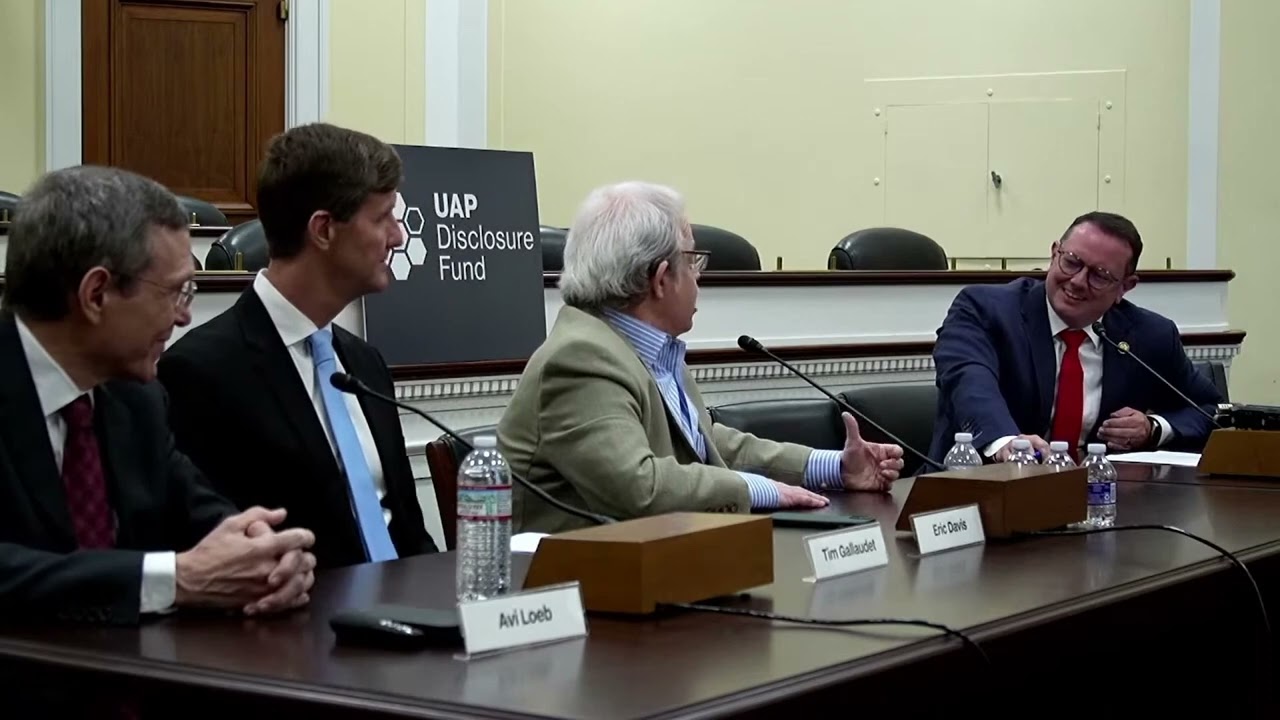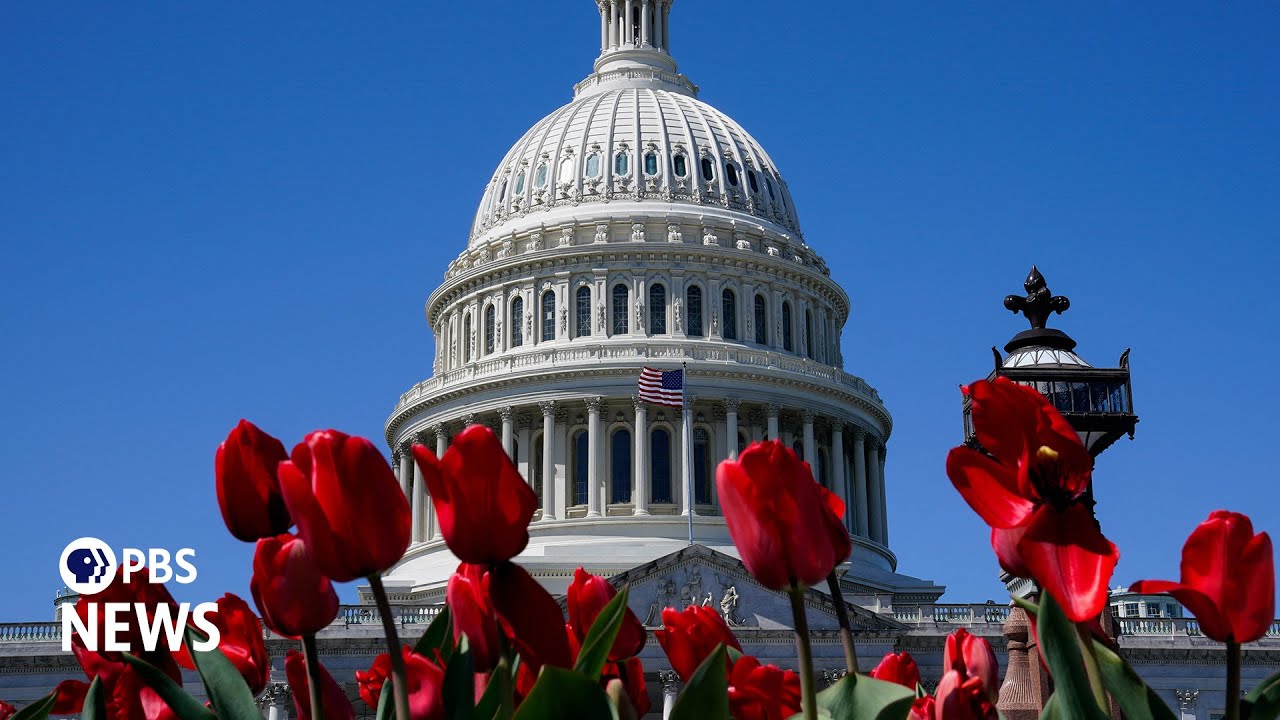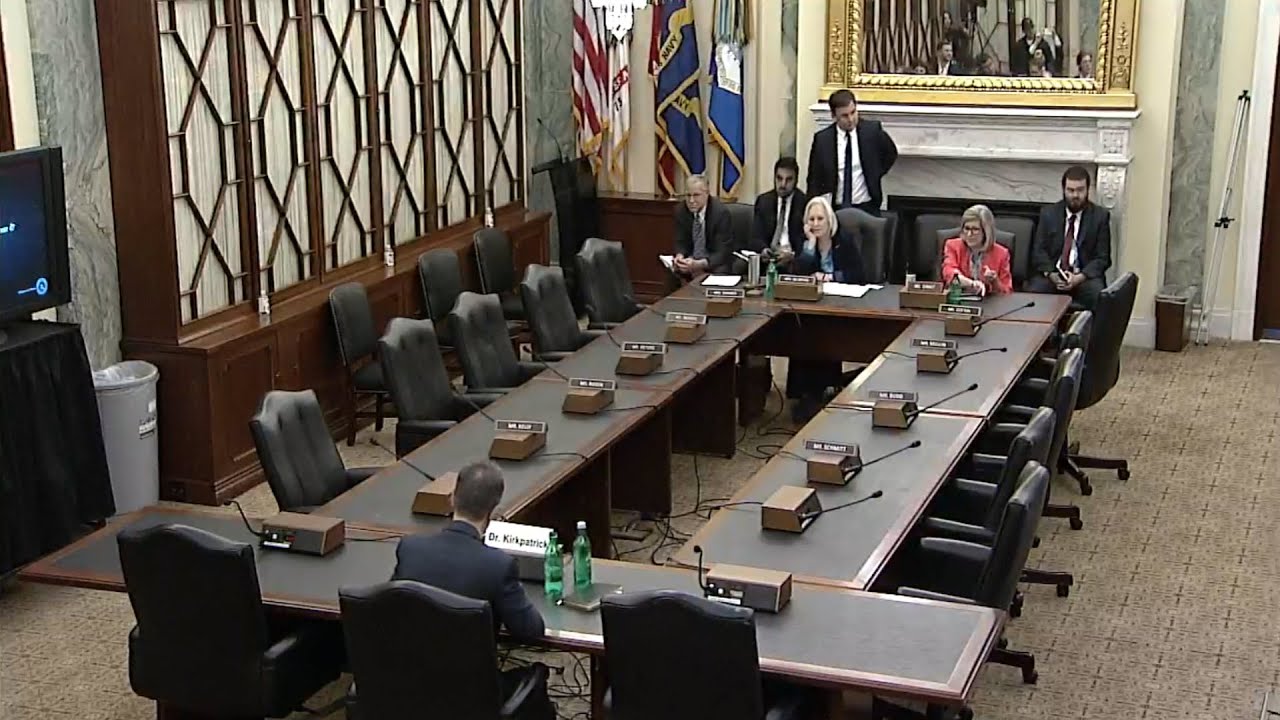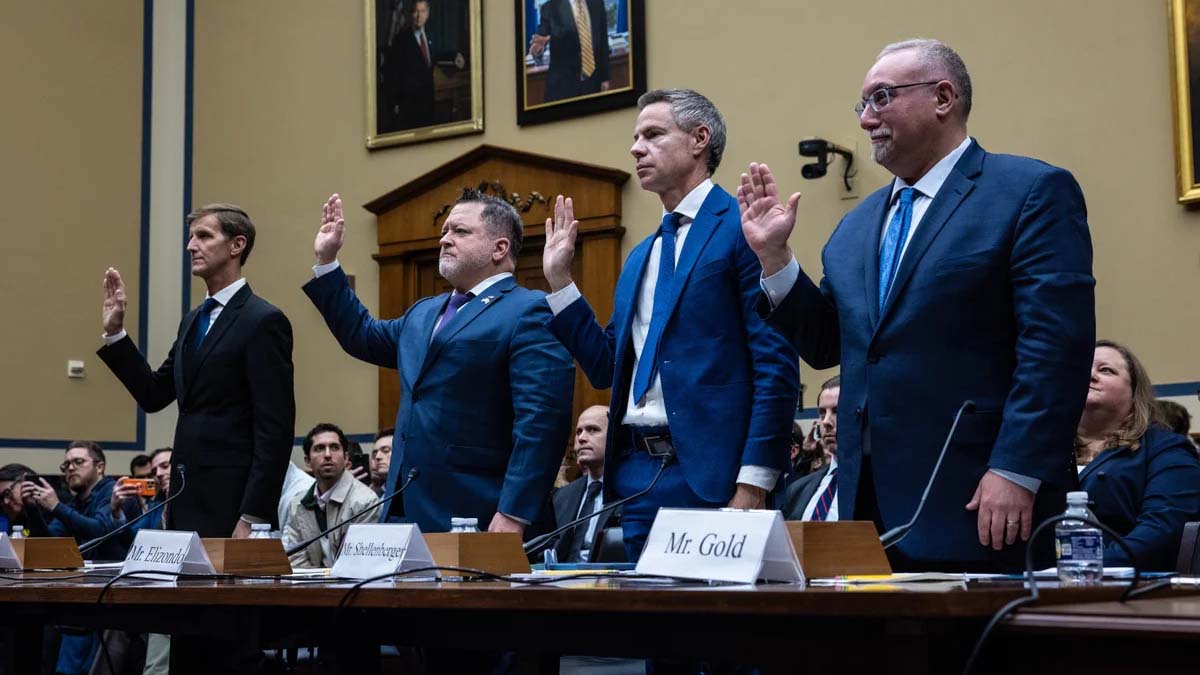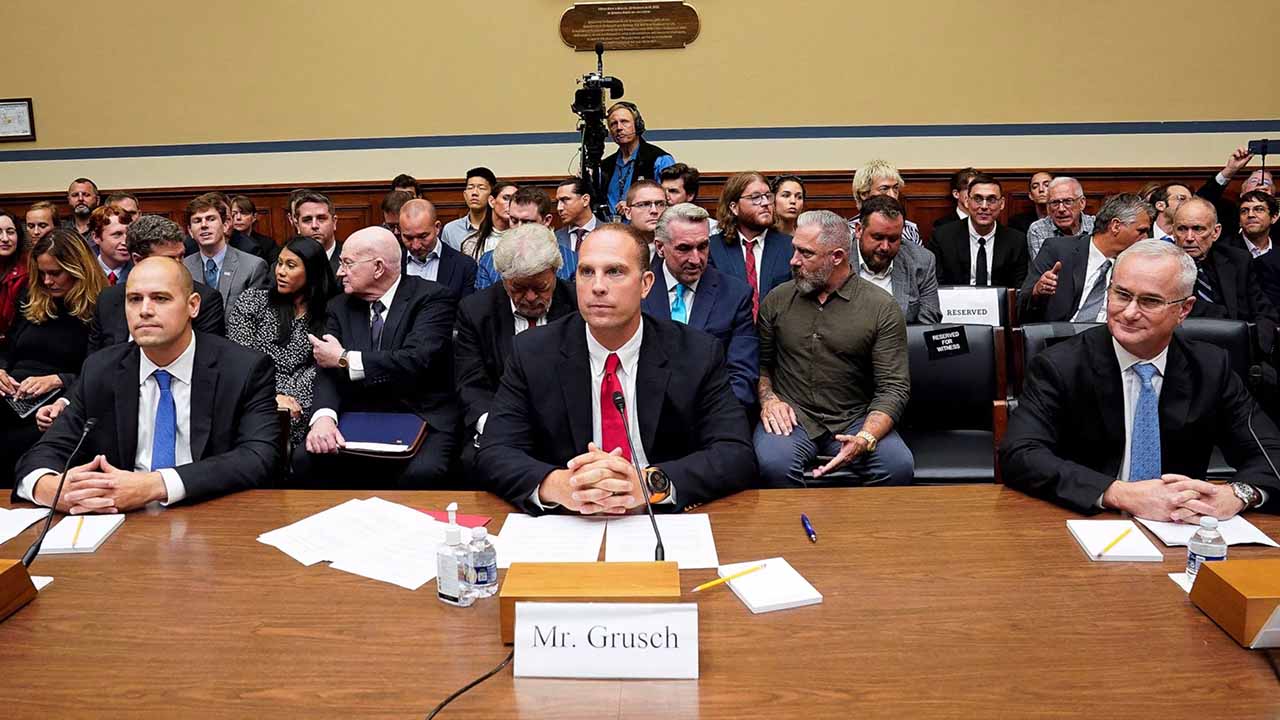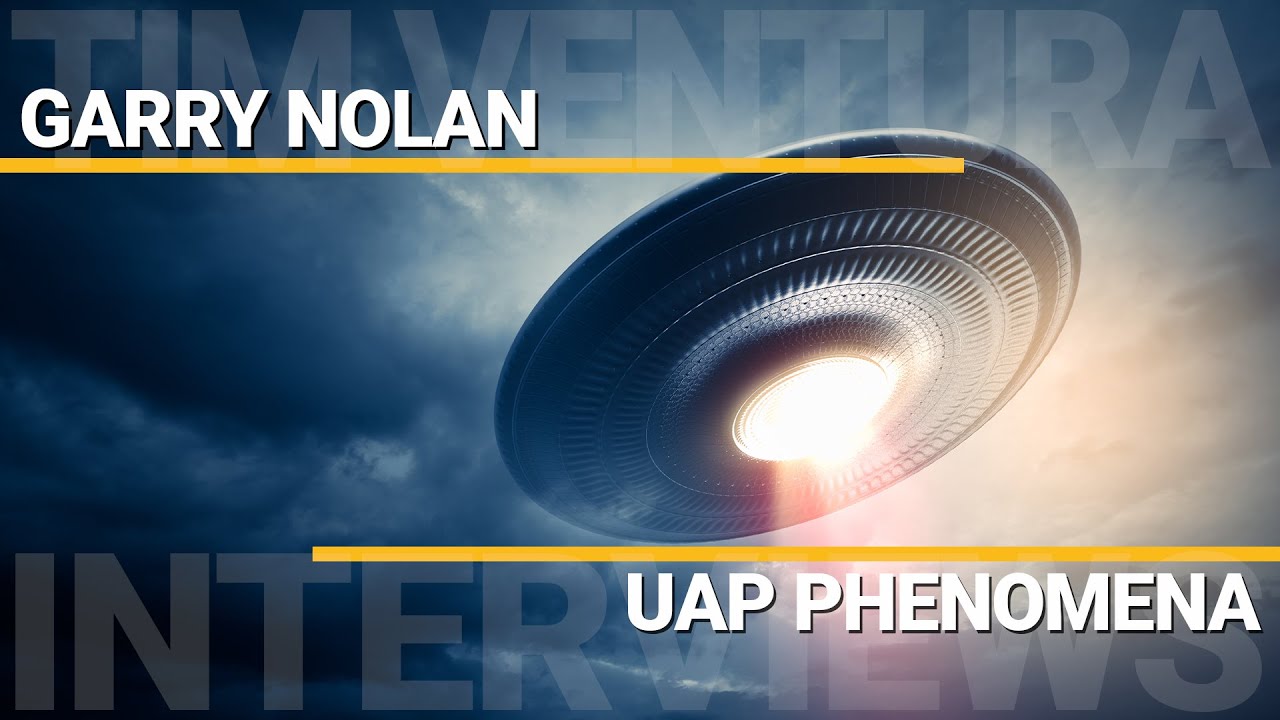Congressional UAP Hearing With Bray & Moultrie May 22nd 2022
On May 17, 2022, the United States House Intelligence Subcommittee on Counterterrorism, Counterintelligence, and Counterproliferation held a public hearing on Unidentified Aerial Phenomena (UAPs), marking the first public congressional hearing on UFOs in over 50 years. The hearing focused on military reports of UAPs and featured testimony from top military officials. This subcommittee hearing, chaired by Congressman André Carson (D-Ind.), addressed Unidentified Aerial Phenomena (UAPs), formerly investigated by Project Blue Book and now tracked by the All-domain Anomaly Resolution Office (AARO). While concerns were raised about AARO’s current lack of a director and the need for transparency, witnesses emphasized the importance of destigmatizing UAP reporting to improve data collection.
The hearing highlighted the DoD’s ongoing efforts to analyze UAP reports, using a data-driven approach to categorize incidents into five potential explanations: airborne clutter, natural phenomena, US government/industry programs, foreign adversary systems, and “other.” While progress has been made in explaining some UAP encounters, many remain unresolved due to limited high-quality data. The hearing also touched upon the need for international collaboration, the challenges of balancing transparency with national security concerns, and the lack of legal consequences for disseminating misinformation about UAPs. Specific examples, such as the 2004 Nimitz incident and the Malmstrom Air Force Base incident, were discussed, though the latter lacked official data within the UAP Task Force’s holdings. The hearing concluded with a commitment to increased transparency while protecting sensitive information and sources and methods.
The Renewed Focus on UAPs
The hearing centered around the All-domain Anomaly Resolution Office (AARO), the Department of Defense’s (DoD) newly established entity tasked with tracking and investigating UAPs. While the creation of AARO, mandated by December legislation, was welcomed, concerns were raised regarding its current operational status, particularly the lack of a director. Lawmakers emphasized the critical need for transparency and a thorough investigation into all UAP reports, not just those easily explained. The hearing underscored the importance of treating UAP reporters as witnesses, ensuring their accounts are taken seriously and not dismissed with ridicule. AIMSOG’s work builds upon previous efforts, including those of organizations like the Mutual UFO Network (MUFON).
Balancing National Security with Public Transparency
While acknowledging the importance of investigating UAPs, some committee members stressed the need to prioritize other pressing national security concerns, such as the development of Chinese and Russian hypersonic weapons and intelligence sharing with Ukraine. The potential for UAPs to reveal adversary technologies was acknowledged, emphasizing the delicate balance the intelligence community (IC) must strike between known and unknown threats. The hearing repeatedly emphasized the importance of destigmatizing UAP reporting among pilots, encouraging them to come forward without fear of reprisal. Classification, it was stressed, is intended to protect national security, not to conceal the truth. The commitment to sharing information with allies and the public, when possible, was also reiterated.
The DoD’s Approach to UAP Investigation
Testifying officials detailed the DoD’s ongoing efforts, highlighting the significant increase in unidentified aircraft and objects in military airspace since the early 2000s. This increase is attributed to a combination of factors: destigmatization of reporting, the proliferation of new technologies (such as quadcopters and unmanned aerial systems), and improvements in sensor technology. The establishment of the UAP Task Force in August 2020 was a pivotal moment, shifting the focus from anecdotal evidence to a more data-driven, science and technology-focused approach. Standardized reporting mechanisms and processes were implemented to encourage reporting and provide additional recording equipment for pilots.
The UAP Task Force database currently contains approximately 400 reports, a testament to the success of destigmatization efforts. While progress has been made in resolving some UAP encounters (such as explaining certain triangular shapes as light refraction), many remain unexplained. The limited availability of high-quality data continues to hamper definitive conclusions about the nature and intent of UAPs. The DoD’s current categorization system includes airborne clutter, natural phenomena, US government/industry programs, foreign adversary systems, and “other.”
Addressing Unresolved Issues and Future Directions
The hearing also addressed concerns about previous task forces potentially avoiding unexplained UAP events. Assurances were given that the new task force, chartered by the Secretary of Defense, employs a standardized methodology focused on the safety of personnel and installations. A dedicated office has been established, a director selected, and collaboration with the DoD and IC is underway. The focus is on a methodical approach to data collection, analysis, and reporting, ensuring both personnel safety and Congressional/public oversight.
The discussion touched upon several key areas: the need for robust technical intelligence analysis, considering image fidelity and data quality; the importance of understanding objects in sensitive areas to prevent intelligence failures; and the development of standardized reporting protocols for all branches of the military. Specific examples, such as a video of a spherical object observed by a US Navy F-18, were presented, highlighting the challenges in analyzing limited data and drawing definitive conclusions.
The hearing also addressed concerns about the potential for sensor bias, the need for expanded data collection partnerships, and the legal ramifications of unsubstantiated or manufactured UAP claims. The lack of a clear deterrent against misinformation and disinformation was noted, suggesting a need for further Congressional dialogue on this issue.
Conclusion
The hearing provided a valuable update on the ongoing investigation into UAPs. While acknowledging the challenges in obtaining sufficient data and drawing definitive conclusions, the commitment to transparency and a data-driven approach was evident. The establishment of AARO represents a significant step forward, but continued support and resources are crucial to fully understand these enigmatic phenomena and their potential implications for national security. The ongoing effort to balance transparency with the protection of sensitive information remains a key challenge.
Register For UFORev
Want to see more great UFO Reverse Engineering stories? Sign up for our mailing list to get exclusive access to captivating presentations, engaging events, and more!
RECENT POSTS
UAP Disclosure Fund Hearing With Eric Davis
May 6, 2025
AARO Hearing With Jon Kosloski, Nov 19 2024
May 6, 2025
Congressional UFO Hearing with Lue Elizondo
May 4, 2025
Congressional UFO Hearing with David Grusch
May 3, 2025
UAP Phenomena: A Serious Look
May 2, 2025
